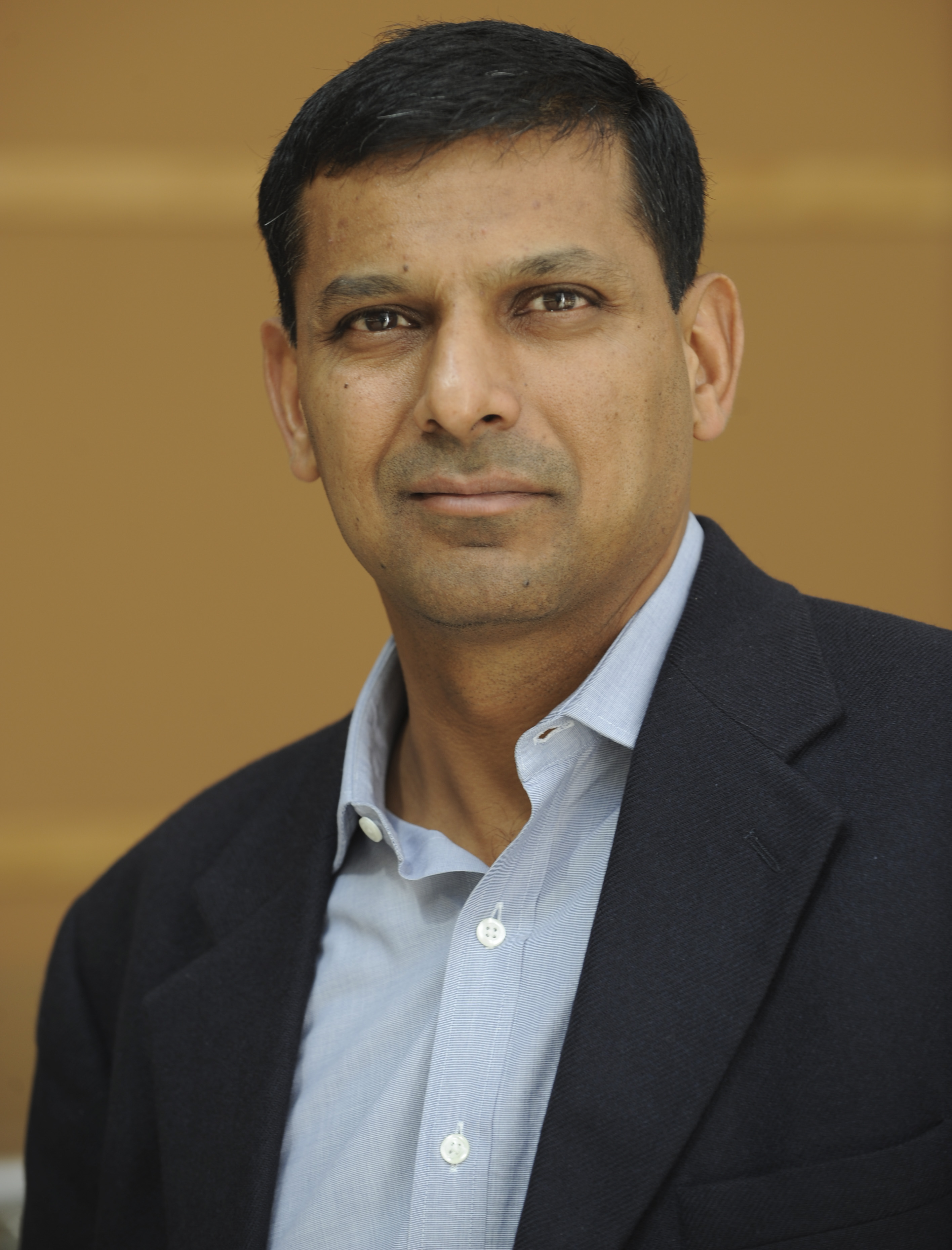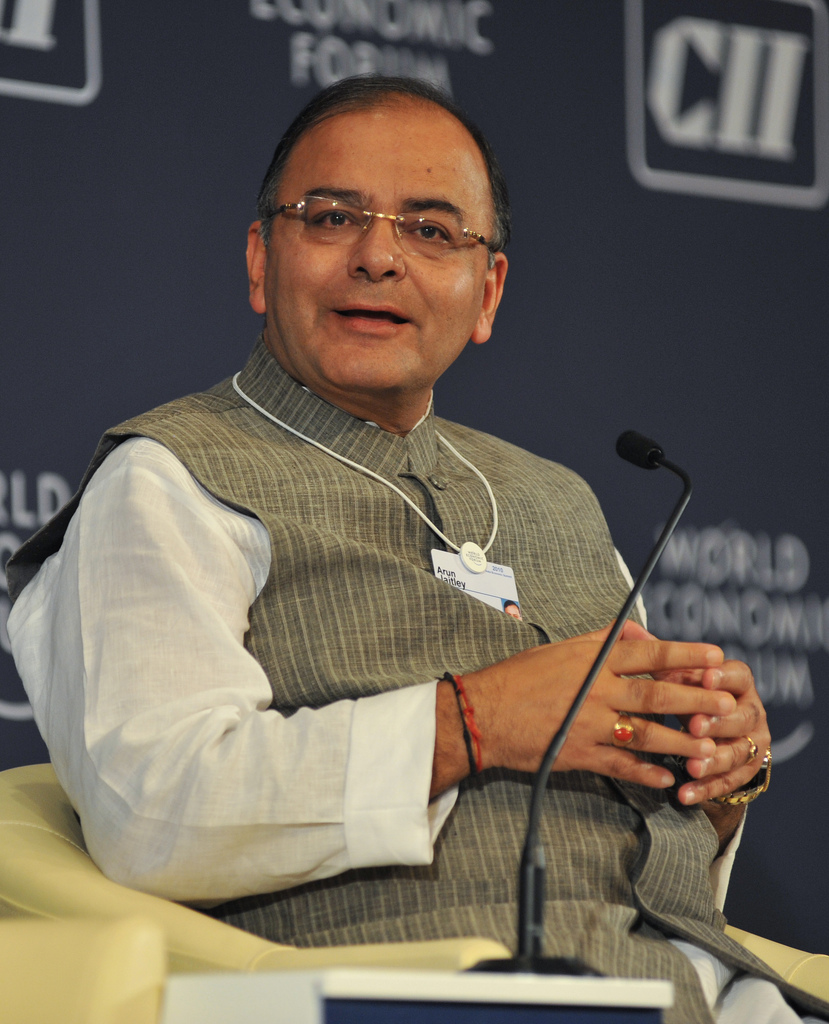
Subramanian Swamy has gone after the Gandhi family over the last few years and been fairly successful at it. Now he seems to have moved on to a new target—the Reserve Bank of India(RBI) governor, Raghuram Rajan.
Swamy, who recently became a Rajya Sabha member, wrote a letter to the prime minister Narendra Modi, asking him to terminate the services of the RBI governor immediately or when his term ends in September, later this year.
As Swamy writes in the letter: “The reason why I recommend this is that I am shocked by the wilful and apparently deliberate attempt by Dr Rajan to wreck the Indian economy. For example the concept of containing inflation by rising interest rates is disastrous.”
Let’s take the point of Rajan raising interest rates turning out to be disastrous. When Rajan took over as the RBI governor, inflation was close to 10%. Interest rates offered on bank fixed deposits were lower than that. Hence, people were losing money once inflation was taken into account.
Due to this, money had moved into real estate as well as gold, as people looked for a “real” rate of return. In fact, when Rajan took over as RBI governor,
rupee was rapidly losing value against the dollar. One of the reasons was that there was a huge demand for dollars because Indians were buying gold to hedge against inflation. Rajan cracked down on this, and managed to stabilise the value of the rupee.
The stabilisation of the rupee was important because India imports 80% of the oil that it consumes. And when the rupee depreciates oil becomes expensive in rupee terms. This isn’t good for the government nor the overall economy.
Also, over the years high inflation has essentially ensured that the household financial savings as a proportion of the gross domestic product have been falling. Between 2005-2006 and 2007-2008, the average rate of household financial savings stood at 11.6% of the GDP. In 2009-2010, it rose to 12% of GDP. By 2011-2012, it had fallen to 7% of the GDP. The household financial savings in 2014-2015 stood at 7.5% of GDP.
Household financial savings is essentially a term used to refer to the money invested by individuals in fixed deposits, small savings schemes of India Post, mutual funds, shares, insurance, provident and pension funds, etc. A major part of household financial savings in India is held in the form of bank fixed deposits and post office small savings schemes.
In order to ensure that household financial savings go up, basically two things are needed—lower inflation as well as a real rate of return on financial savings that people make, in particular fixed deposits. Fixed deposits offer a real rate of return when the interest rate on the fixed deposit is higher than the inflation.
Since the beginning of 2015, after a very long time, the interest rates on fixed deposits have been in real territory. And this is a very important achievement for Rajan. The interest rates need to stay in real territory, if household financial savings need to go up, in the years to come.
In fact, it needs to be said here that Rajan recognises the fact that interest rates are not just about borrowers. They are also about savers as well. The savers include the young trying to save for the future of their children and the old trying to live a decent life in retirement. And savers need to be paid a reasonable rate of return on their savings as well. This is something that Rajan set right.
Swamy further said: “When the Wholesale Price Index (WPI) started to decline due to induced recession in the small and medium industry, he shifted the target from WPI to the Consumer Price Index (CPI) which has not however declined because of retail prices. On the contrary it has risen. Had Dr. Raghuram Rajan stuck to WPI interest rates would have been much lower today, and given huge relief to small and medium industries. Instead they are squeezed further and consequent increasing unemployment.”
It is important to understand here why the Rajan led RBI moved from following inflation as measured by the wholesale price index to inflation as measured by the consumer price index. When the RBI tracked inflation as measured by the wholesale price index, it took a very long time to raise interest rates, and by the time the high consumer price inflation had well and truly set in.
The high inflation then caused problems, as I have explained above. Let’s take the point about high interest rates hurting small and medium industries. Recent data shows that this is not true at all. Data for 2.37 lakh unlisted private firms was recently released by the RBI. This primarily includes small and medium enterprises, which Swamy feels are having a tough time.
This data clearly shows that these firms are doing much better than the big listed firms, over the last three years. Aarati Krishnan writing in The Hindu Business Line points out: “Unlisted firms managed far better sales growth in the last three years. They went from 13.3 per cent sales growth in FY13 to 8.7 per cent in FY14 before bouncing back to a healthy 12 per cent in 2014-15. In contrast, listed companies saw their sales growth dwindling from 9.1 per cent in FY13, to 4.7 per cent in FY14 and further to an abysmal 1.4 per cent by FY15.”
The same trend was seen when it comes to net profit as well. As Krishnan points out: “Their profits grew at 16 per cent, 23.6 per cent and 12.3 per cent in the last three years. Listed companies struggled with shrinking profits, their net profits falling by 2 per cent, 5.1 per cent and 0.7 per cent in the same three years.”
So what is Swamy really talking about here? And why is he misleading the prime minister Modi in particular and the nation in general?
Swamy further says: “Thus, in the last two years estimated NPA in public sector banks has doubled to Rs. 3-1/2 lakhs crores.”
What Swamy is basically saying is that the high interest rate regime initiated by the RBI led to small and medium enterprises defaulting on their loans and bad loans of public sector banks doubling. The first point that needs to be made here is that before Rajan took over as the governor of RBI, banks were not recognising their bad loans. He has pushed them to recognise their bad loans. Hence, the jump in bad loans has been primarily because of that.
What this means is that even before Rajan led RBI started raising interest rates, many corporates were not in a position to repay their loans. The banks were pretending all was well, when that wasn’t really the case. Rajan forced them to start recognising bad loans. All these huge losses that banks have suddenly started to report can’t have been created overnight. They are a result of banks not recognising these bad loans for a substantially long period of time. Hence, Swamy’s charge doesn’t hold true.
Also, defaults by mid and large corporates are a very important reason for public sector banks being in the mess that they are in. Crony capitalists close to the previous UPA regime are primarily responsible for this.
The last that I checked the RBI was a regulator of banks and did not give out any loans. So how can the RBI governor be held responsible for what are basically bad lending decisions by banks? How can the RBI governor be held responsible for banks not insisting on enough collateral for the loans that they gave out? And how can the RBI governor be held responsible for politicians forcing public sector banks to give loans to crony capitalists?
Swamy further said: “These actions of Dr. Rajan lead me to believe that he is acting more as a disrupter of the Indian economy [italics are mine] than the person who wants the Indian economy to improve.” I agree with the part of the statement which says that Rajan is acting as a disrupter of the Indian economy.
In fact, on many fronts, the Indian economy did need a disrupter. Rajan has forced banks to start recognising their bad loans instead of extending and pretending, as they were doing earlier. This has brought out the real situation that public sector banks are in.
Further, he has also empowered banks to go after defaulters. A few Indian promoters have started selling their assets in order to repay banks. This is something that hasn’t happened before.
Rajan has also initiated the formation of a monetary policy committee where monetary policy will be made by a committee. As of now, only the governor is responsible for it. A central bank operating through a monetary policy committee is the norm the world over. And by doing this, the governor is essentially diluting his powers.
Further, he has given small banks licenses and payment bank licenses as well, with the idea of expanding financial inclusion across the country. So, yes Rajan is a disrupter, who wants the Indian economy to improve.
Swamy also accused Rajan of being mentally not fully Indian. As he said: “Moreover he is in this country on a Green Card provided by the U.S. Government and therefore mentally not fully Indian. Otherwise why would he renew his Green Card as RBI Governor by making the mandatory annual visit to the U.S. to keep the Green Card current?”
Rajan still has an Indian passport. This after having lived in the United States for more than 25 years. How many Indians who have lived in the United States for 25 years still have an Indian passport?
And if Rajan wants to keep his green card active, what is wrong with that? He is a professional in his early 50s and still has his career to think about. He needs to think about his career beyond the RBI and if that means visiting the US once every year, then so be it.
Swamy finally asked for the termination of Rajan’s appointment as RBI governor. As he said: “I cannot see why someone appointed by the UPA Government who is apparently working against Indian economic interests should be kept in this post when we have so many nationalist minded experts available in this country for the RBI Governorship. I therefore urge you to terminate the appointment of Dr. Raghuram Rajan in the national interest.”
This is a very silly argument. Appointing Rajan as the RBI governor was one of the few correct things that the UPA government did in the second half of its second term. Why undo that?
And as far as Swamy is concerned, there are better ways of showing interest in the RBI governor’s job than this.
The column was originally published in Vivek Kaul’s Diary on May 19, 2016.




